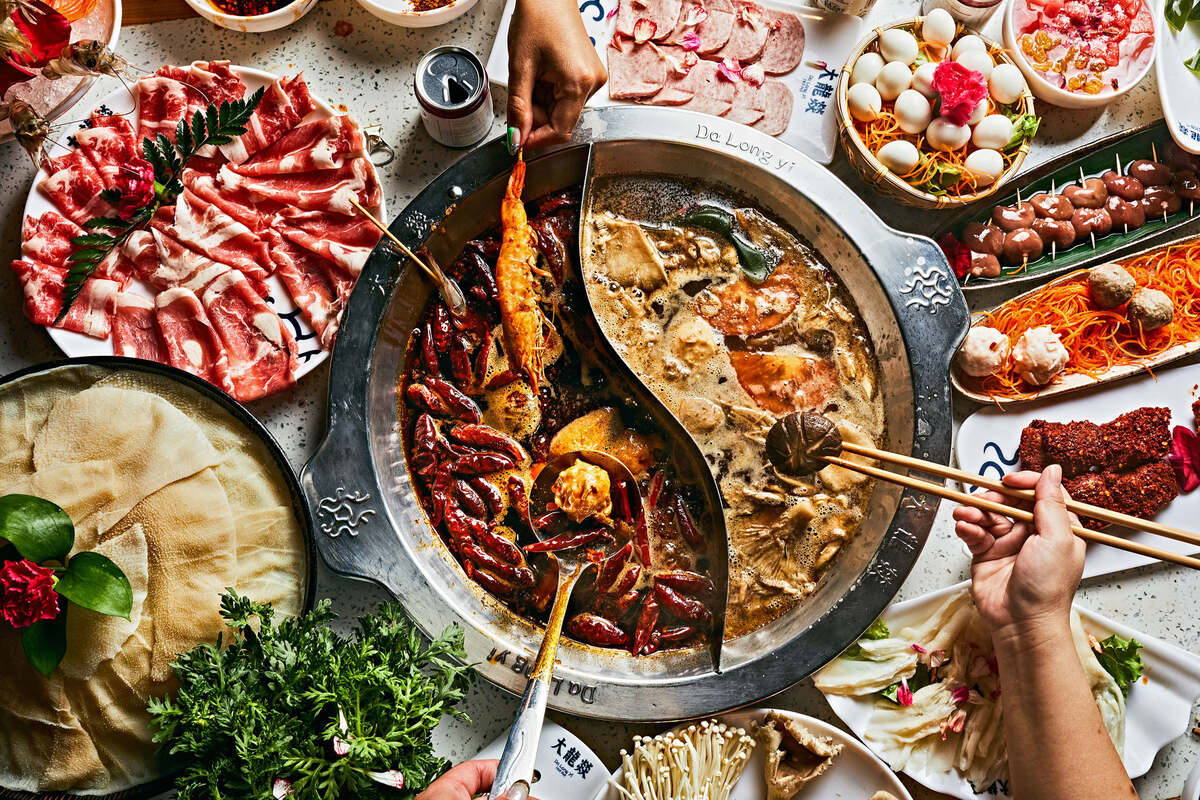

Articles
Where Did Hot Pot Originate From
Modified: August 28, 2024
Discover the origins of hot pot in this fascinating article. Learn about its rich history and cultural significance.
(Many of the links in this article redirect to a specific reviewed product. Your purchase of these products through affiliate links helps to generate commission for Storables.com, at no extra cost. Learn more)
Introduction
Hot pot, also known as steamboat, is a popular communal dining experience that has captured the taste buds of people around the world. It is a simmering pot filled with a flavorful broth, surrounded by an array of fresh ingredients that are cooked at the table. But where did hot pot originate from? Let’s delve into the historical background of this beloved cuisine and discover its fascinating origins.
Hot pot has a long and rich history that can be traced back thousands of years. It is believed to have originated in China during the Eastern Han Dynasty (25-220 AD). The concept of hot pot was born out of the necessity to cook food during the unforgiving winters of northern China. The simmering pot of broth allowed people to gather around, warm themselves, and cook a variety of ingredients.
The popularity of hot pot grew over the centuries, and it soon spread to different regions within China, each putting their own unique spin on the dish. Today, there are various regional variations of hot pot, each with its own distinctive flavors and cooking techniques.
Key Takeaways:
- Hot pot originated in ancient China during the Eastern Han Dynasty as a practical solution for cooking and communal dining during harsh winters. It has since evolved into a beloved global culinary tradition, with diverse regional variations.
- Hot pot has transcended borders and adapted to various cultures, from Japan’s nabe to Korea’s jeongol and Thailand’s Thai suki. Its communal nature and customizable experience continue to bring people together worldwide.
Read more: Where Did Easter Baskets Originate
Historical Background of Hot Pot
Hot pot has a fascinating historical background that showcases its evolution and cultural significance. The concept of communal cooking and sharing a pot of simmering broth dates back centuries, making hot pot a cherished tradition in many cultures.
The origin of hot pot can be traced to ancient Mongolia, where nomadic tribes would cook their food in a large pot over an open fire. These nomads needed a way to sustain themselves during long journeys, and hot pot provided a practical solution. They would fill the pot with broth, meat, and vegetables and let it simmer, creating a hearty and nourishing meal.
As the Mongol Empire expanded, so did the popularity of hot pot. It gradually made its way into China and other surrounding countries, adopting local ingredients and flavors along the way. In China, hot pot became deeply ingrained in the culinary culture, celebrated for its ability to bring people together and create memorable dining experiences.
During the Tang Dynasty (618-907 AD), hot pot gained prominence as a social and leisure activity among the emperor and nobility. It was seen as a way to foster unity and strengthen relationships, as people gathered around the shared pot, talking, laughing, and enjoying a delicious meal.
Over time, hot pot evolved and diversified, with different regions developing their own distinct styles. The Sichuan hot pot, known for its spicy and numbing flavors, gained popularity in southwestern China. The Cantonese hot pot, on the other hand, focused on fresh and delicate ingredients, emphasizing the natural flavors of the ingredients.
In recent decades, hot pot has gained international recognition and has spread to various corners of the globe. It has become a cherished dining experience in countries like Japan, Korea, Thailand, and the United States, adapted to suit local tastes and preferences.
Today, hot pot continues to be a beloved culinary tradition, bringing people together for a shared and interactive dining experience. It represents the essence of communal dining, where friends and family gather around a simmering pot, sharing laughter, stories, and delicious food.
Origins of Hot Pot in China
Hot pot has a deep-rooted history in China, dating back centuries to the Eastern Han Dynasty. It was during this time that the concept of communal dining and cooking in a simmering pot of broth first emerged in northern China.
The harsh winters of northern China necessitated the invention of a cooking method that provided warmth and nourishment. The hot pot, with its bubbling broth and assortment of ingredients, became the perfect solution. The tradition of hot pot quickly spread, not only as a practical way to cook food but also as a social activity, bringing people together in the comfort of their homes or communal dining spaces.
During the Tang Dynasty, hot pot gained popularity among the emperor and nobility as a symbol of opulence and indulgence. Elaborate hot pot banquets were held, showcasing the finest ingredients, spices, and cooking techniques. It was during this time that hot pot truly became an art form, with chefs experimenting with flavors and presentation.
The city of Chongqing, located in southwestern China, played a pivotal role in the development of hot pot as a distinctive regional cuisine. Chongqing hot pot, also known as mala hot pot, is famous for its fiery and numbing flavors. The addition of Sichuan peppercorns, chili peppers, and other spices gives the broth a unique and bold taste that sets it apart from other styles of hot pot.
In the northern part of China, particularly in Beijing and Inner Mongolia, hot pot has its own regional characteristics. The broth used in these regions is typically mild and clear, allowing the natural flavors of the ingredients to shine through. Lamb and mutton are popular choices for the protein component, reflecting the nomadic influence on the cuisine.
Shanghai, known for its rich culinary heritage, has also put its own spin on hot pot. Shanghai-style hot pot is often characterized by a clear, aromatic broth with a delicate balance of flavors. Seafood, such as shrimp and fish, is commonly used, along with a variety of vegetables and tofu.
Each region in China has its own interpretation of hot pot, showcasing the diversity and creativity of Chinese cuisine. From the spicy and bold flavors of Sichuan to the delicate and nuanced tastes of Shanghai, hot pot offers a glimpse into the rich culinary tapestry of China.
Regional Variations of Hot Pot in China
Hot pot in China is not a one-size-fits-all dish. Each region has its own unique style and flavor profiles, making the country a hotpot paradise with a diverse range of culinary experiences. Let’s explore some of the renowned regional variations of hot pot in China.
Sichuan Hot Pot: Sichuan cuisine is known for its bold and spicy flavors, and Sichuan hot pot takes this to a whole new level. The broth often features a potent combination of Sichuan peppercorns, dried chili peppers, and various aromatic spices. The resulting broth is numbing and spicy, creating a tingling sensation on the tongue. It is commonly enjoyed with a wide array of ingredients, including thinly sliced beef, tofu, mushrooms, and a variety of vegetables.
Chongqing Hot Pot: Originating from the city of Chongqing, this style of hot pot, also known as mala hot pot, is famous for its intense heat and mouth-numbing sensation. The broth is infused with a plentiful amount of Sichuan peppercorns and chili peppers, delivering a spicy punch. Chongqing hot pot often includes ingredients such as thinly sliced beef, tripe, lotus root, and various leafy greens.
Cantonese Hot Pot: In contrast to the spicy and bold flavors of Sichuan and Chongqing hot pot, Cantonese hot pot is known for its delicate and light broth. The emphasis is placed on using high-quality ingredients and allowing their natural flavors to shine through. Seafood, such as fresh scallops, shrimp, and fish, is commonly enjoyed in this style of hot pot, along with an assortment of vegetables and tofu.
Beijing Hot Pot: Beijing-style hot pot showcases the influence of northern Chinese cuisine, with a focus on hearty and comforting flavors. The broth is typically made with lamb or beef bones, creating a rich and savory base. Thinly sliced lamb and beef are popular choices for the protein, along with other ingredients like dumplings, tofu, and leafy greens.
Shanghai Hot Pot: Known for its elegant and refined culinary traditions, Shanghai-style hot pot offers a more subtle and nuanced dining experience. The broth is often clear and aromatic, made with chicken or pork bones, and infused with subtle seasonings. Seafood, including shrimp, clams, and fish, is commonly enjoyed in addition to leafy greens, mushrooms, and bean curd.
These regional variations of hot pot in China highlight the incredible diversity and richness of Chinese cuisine. Whether you crave the fiery flavors of Sichuan, the delicate tastes of Cantonese, or the comforting warmth of Beijing, there is a hot pot style to satisfy every palate.
Hot pot originated from China over a thousand years ago. It is believed to have originated in the Mongolian region, where the tradition of cooking meat and vegetables in a communal pot of broth began.
Spread of Hot Pot to Other Countries
The love for hot pot extends far beyond the borders of China, as this delectable dining experience has made its way to various countries around the world. From Asia to North America and beyond, let’s explore how hot pot has spread and gained popularity in different cultural contexts.
Japan: Hot pot, known as nabe in Japanese, has become a beloved winter dish in Japan. Similar to the communal nature of Chinese hot pot, nabe is often enjoyed with family and friends gathered around a simmering pot. Popular variations include sukiyaki, shabu-shabu, and yosenabe, each with its own unique combination of ingredients and broth.
Korea: Known as jeongol or jjigae, Korean hot pot is a favorite comfort food among locals. It typically features a spicy and flavorful broth, with popular versions including kimchi jjigae, sundubu jjigae, and budae jjigae. Korean hot pot is often enjoyed alongside a variety of banchan (side dishes) and rice.
Thailand: In Thailand, hot pot is called Thai suki. It combines elements of Chinese hot pot and Japanese sukiyaki, resulting in a delicious fusion of flavors. Thai suki often features a clear or tom yum broth, accompanied by an assortment of meat, seafood, vegetables, and noodles. The unique blend of Thai herbs and spices adds a distinctive twist to the dish.
United States: Hot pot has gained popularity in major cities across the United States, with dedicated hot pot restaurants and chains opening their doors. Both Chinese-style hot pot and other Asian variations can be found, catering to diverse palates and preferences. The interactive and communal nature of hot pot has resonated with American diners, who enjoy the customizable nature of the meal.
Australia: Hot pot has also found a place in Australian culinary culture, particularly in cities with large Asian communities. Chinese hot pot and other Asian variations are readily available, offering a unique dining experience in the land Down Under. It has become a popular choice for gatherings and celebrations, bringing people together over a shared pot of bubbling broth.
Europe and Beyond: Hot pot has been introduced to various European countries, such as the United Kingdom, France, and Germany, through the migration of Asian communities. It has also gained popularity in countries like Canada, Brazil, and Malaysia, reflecting the global appeal of this communal dining experience.
The spread of hot pot to different countries reflects not only the culinary influence of China but also the adaptability and appeal of this unique dining concept. Regardless of the cultural context, hot pot continues to bring people together, creating shared memories and satisfying cravings for a comforting and interactive meal.
Read more: Where Did Certain Table Manners Originate?
Hot Pot in Different Cultures
Hot pot, with its communal and interactive dining experience, has not only captured the hearts of people in China but has also found its place in various cultures around the world. Let’s explore how hot pot has been adapted and embraced in different cultural contexts.
Japan: In Japan, hot pot is known as nabe, and it holds a special place in the hearts of the Japanese people, particularly during the colder months. Nabe is enjoyed as a cozy and comforting meal, often featuring a variety of ingredients such as thinly sliced meat, vegetables, tofu, and noodles. The broth can range from light and simple to rich and flavorful, depending on the region and personal preferences.
Korea: In Korea, hot pot is referred to as jeongol or jjigae, and it is a popular dish enjoyed throughout the year. Korean hot pot often showcases the country’s love for spicy flavors, with a rich and fiery broth filled with vegetables, tofu, and various meats such as beef, pork, or seafood. It is a beloved dish for gatherings and celebrations, bringing people together to cook and share a delicious meal.
Thailand: Thailand has its own unique take on hot pot, known as Thai suki. Thai suki features a combination of Chinese and Thai influences, with a focus on aromatic herbs and spices. The broth can be clear or tom yum-flavored, and it is accompanied by a variety of ingredients such as thinly sliced meat, seafood, vegetables, mushrooms, and noodles. Thai suki is famous for its balance of flavors and the vibrant mix of sweet, sour, and spicy notes.
Vietnam: In Vietnam, hot pot is called lẩu, and it is a popular communal meal often enjoyed with family and friends. Vietnamese hot pot typically features a flavorful broth, which can be made from various ingredients such as chicken, beef bones, or seafood. The table is filled with a wide array of fresh vegetables, herbs, and dipping sauces, allowing diners to customize their own hot pot experience.
United States and Canada: Hot pot has gained popularity among Asian communities in the United States and Canada, with dedicated hot pot restaurants offering a wide variety of options. Chinese-style hot pot is the most common, but other variations, such as Japanese shabu-shabu or Korean-style hot pot, can also be found. The interactive nature of hot pot appeals to diners, who enjoy the communal aspect and ability to customize their meals.
As hot pot continues to spread and adapt in different cultures, it showcases the universal appeal of communal dining and the joy of sharing a meal with loved ones. Whether it’s nabe in Japan, jeongol in Korea, or Thai suki in Thailand, hot pot transcends borders and brings people together over a simmering pot of deliciousness.
Conclusion
Hot pot is more than just a delicious culinary experience; it is a symbol of togetherness, community, and the joy of sharing a meal with others. From its humble origins in ancient China, hot pot has evolved to become a beloved dining tradition that has spread far and wide, delighting people of different cultures and backgrounds.
Hot pot’s rich historical background showcases its ability to adapt and transform as it traveled across regions and countries. Each locale has put its own unique spin on hot pot, creating a diverse array of flavors, ingredients, and cooking techniques.
Whether it’s the fiery and numbing Sichuan hot pot, the delicate and refined Cantonese hot pot, or the bold and flavorful Chongqing hot pot, each regional variation offers a glimpse into the rich tapestry of Chinese cuisine and cultural heritage.
Beyond China, hot pot has made its mark in various cultures, with adaptations like Japan’s nabe, Korea’s jeongol, or Thailand’s Thai suki. These versions demonstrate how hot pot has seamlessly integrated into local culinary traditions while adding its own distinct flair.
In today’s globalized world, hot pot continues to gain popularity, reaching new shores and captivating the taste buds of people around the globe. Its communal nature, interactive cooking process, and endless customization possibilities make hot pot a truly enjoyable and inclusive dining experience.
So whether you find yourself gathered around a simmering pot in a bustling restaurant or in the comfort of your own home, hot pot offers a perfect opportunity to bond with family and friends, engaging in spirited conversation, laughter, and the pleasure of savoring delicious food together.
Hot pot has come a long way since its humble beginnings, yet its essence remains timeless – a celebration of good food, good company, and the cherished connections we forge as we share this unique culinary adventure across cultures and borders.
Frequently Asked Questions about Where Did Hot Pot Originate From
Was this page helpful?
At Storables.com, we guarantee accurate and reliable information. Our content, validated by Expert Board Contributors, is crafted following stringent Editorial Policies. We're committed to providing you with well-researched, expert-backed insights for all your informational needs.

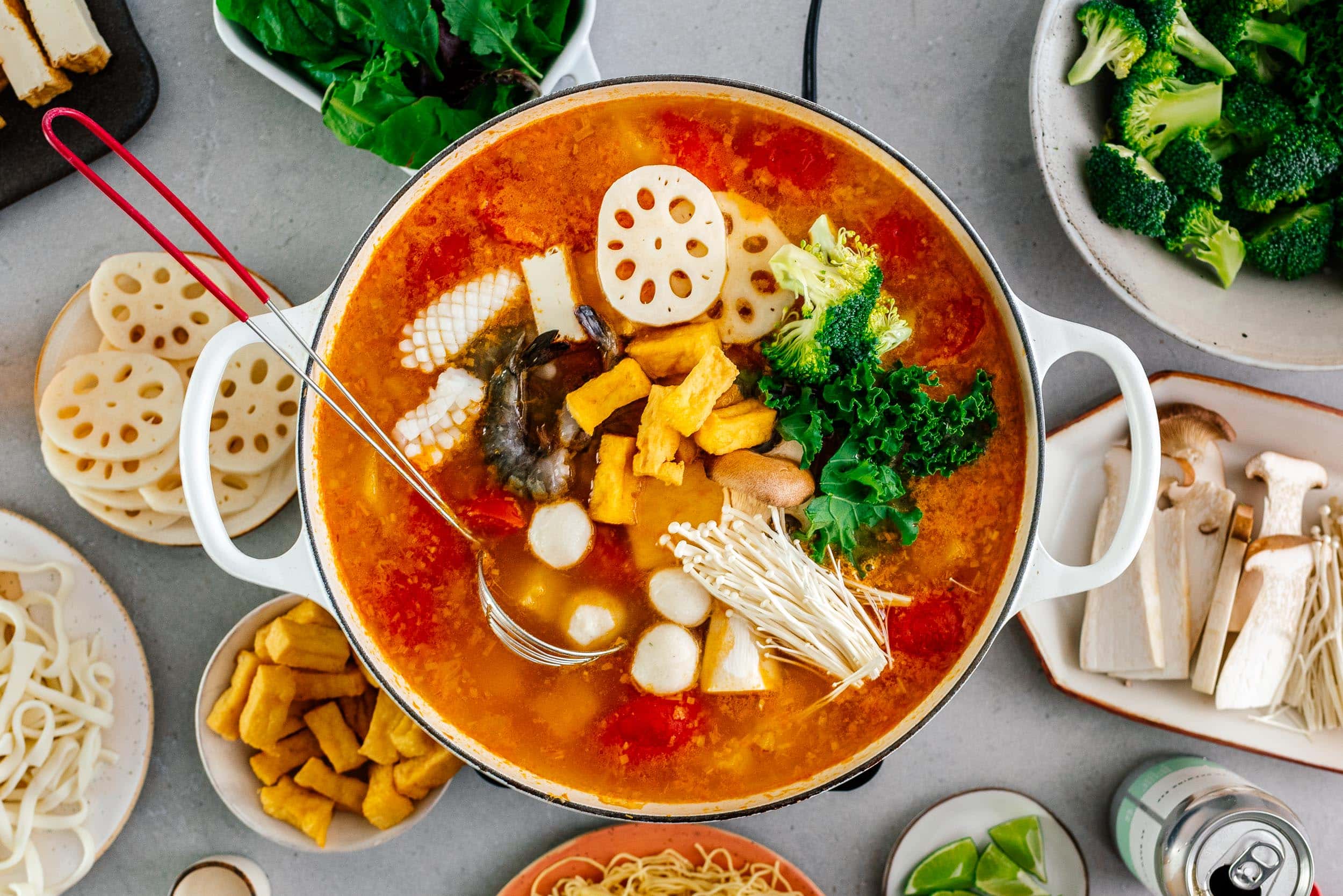

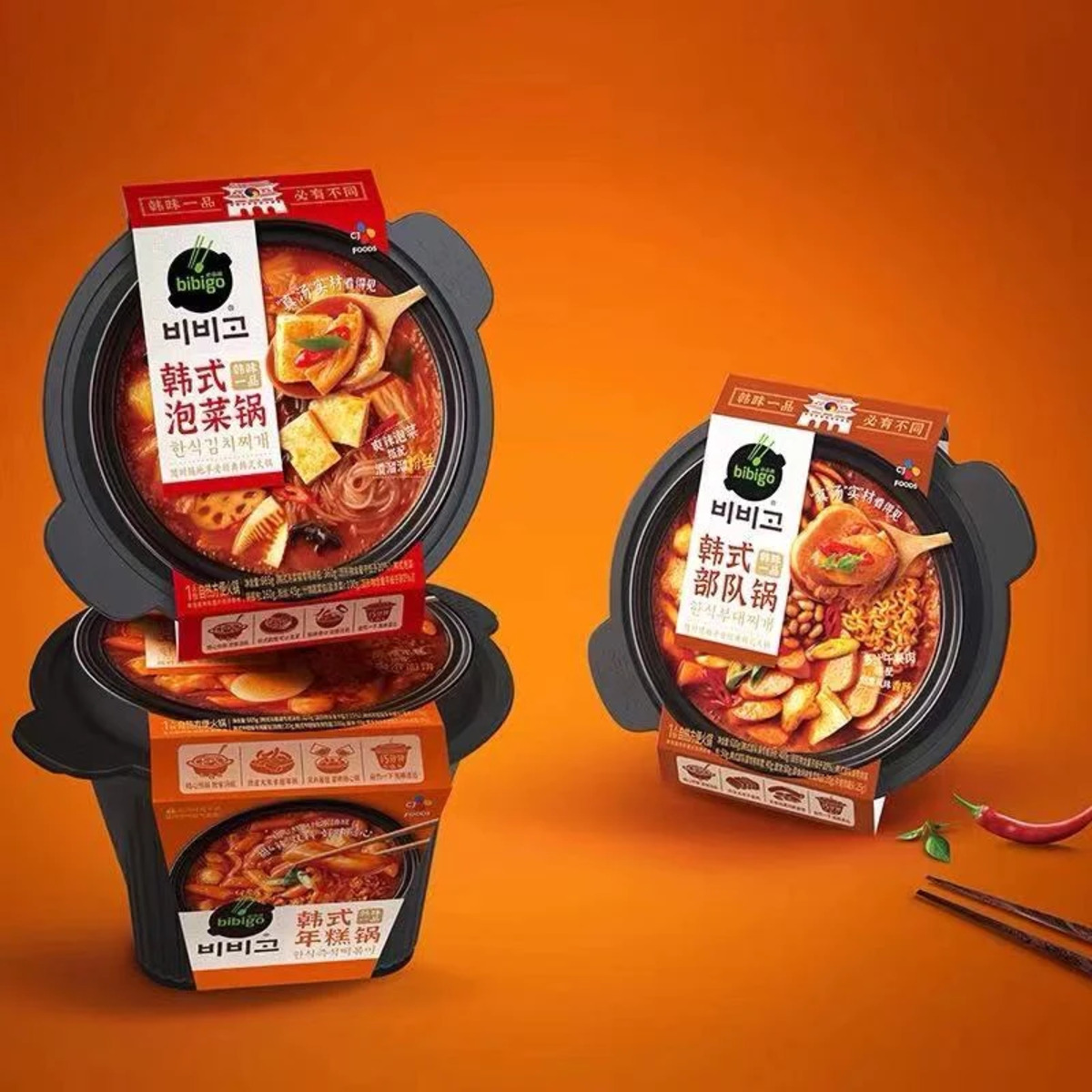

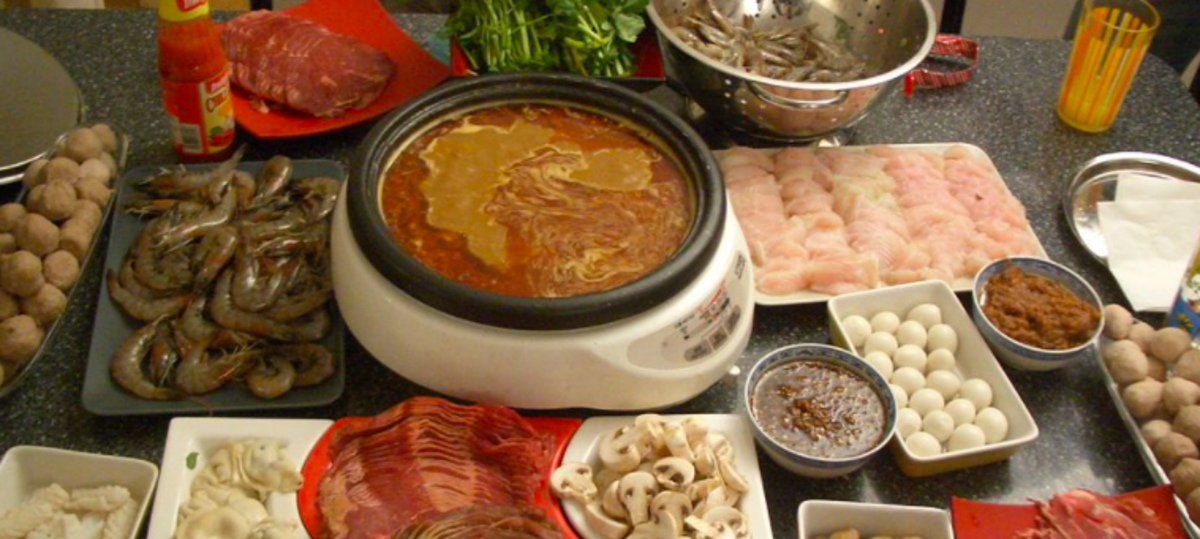


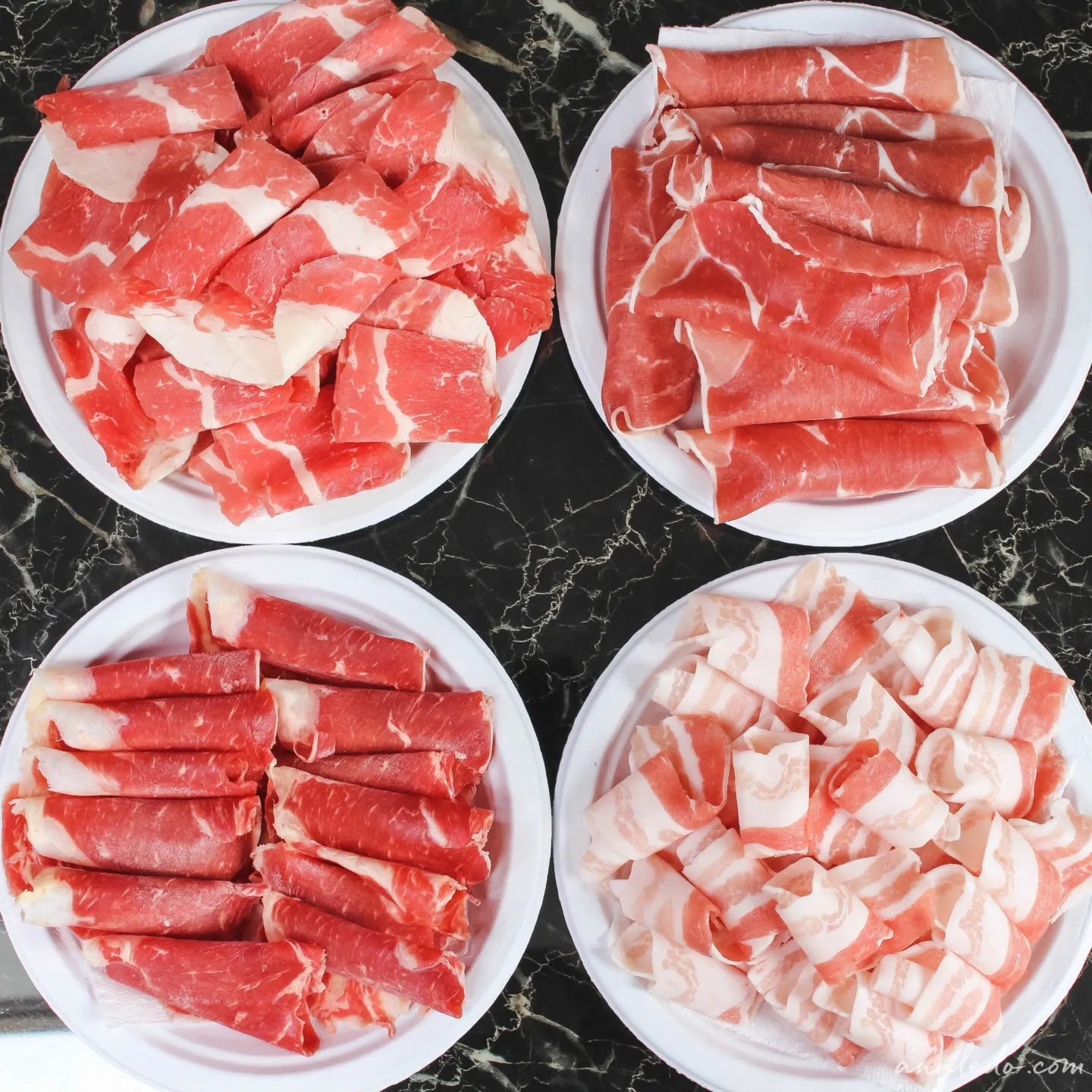


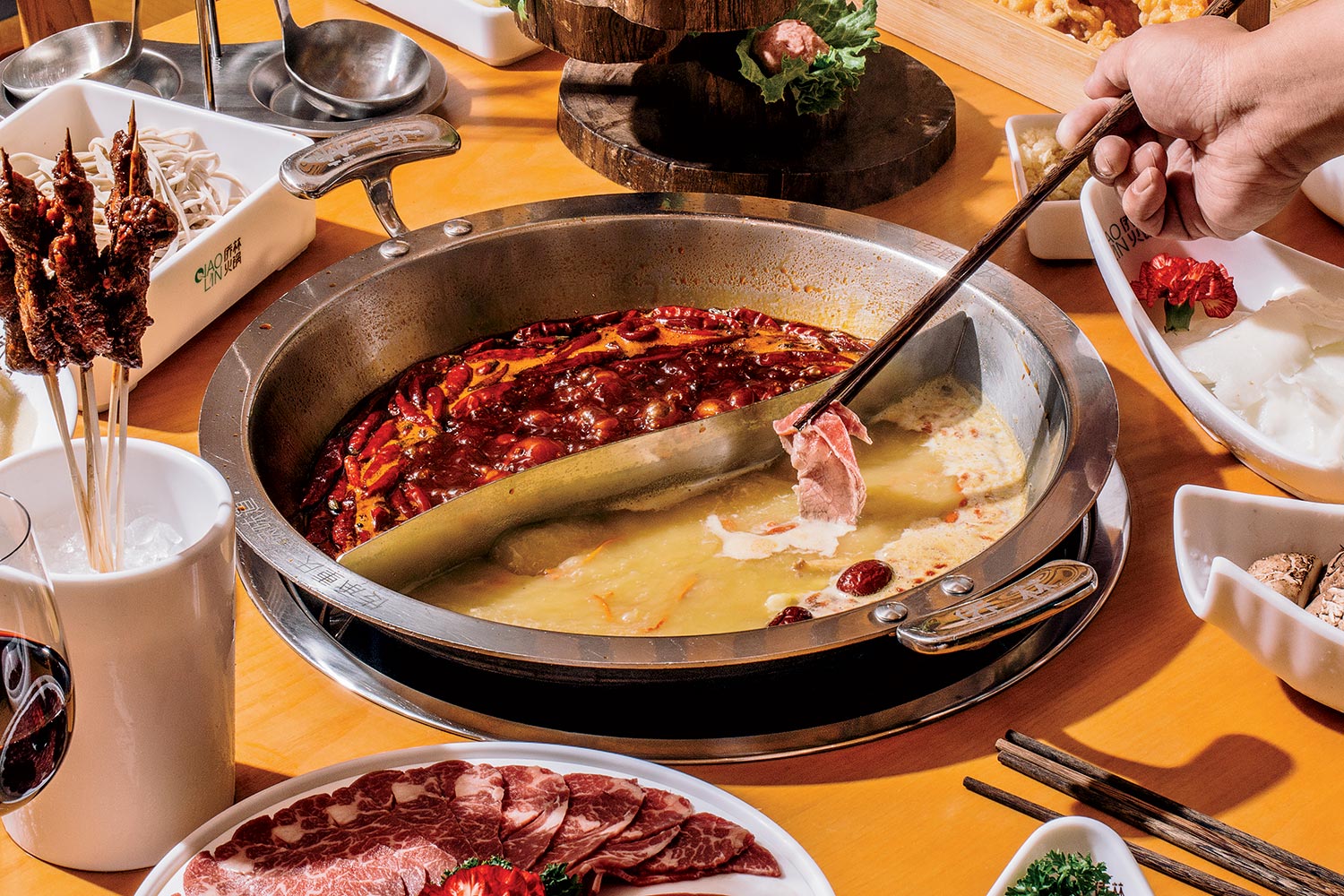

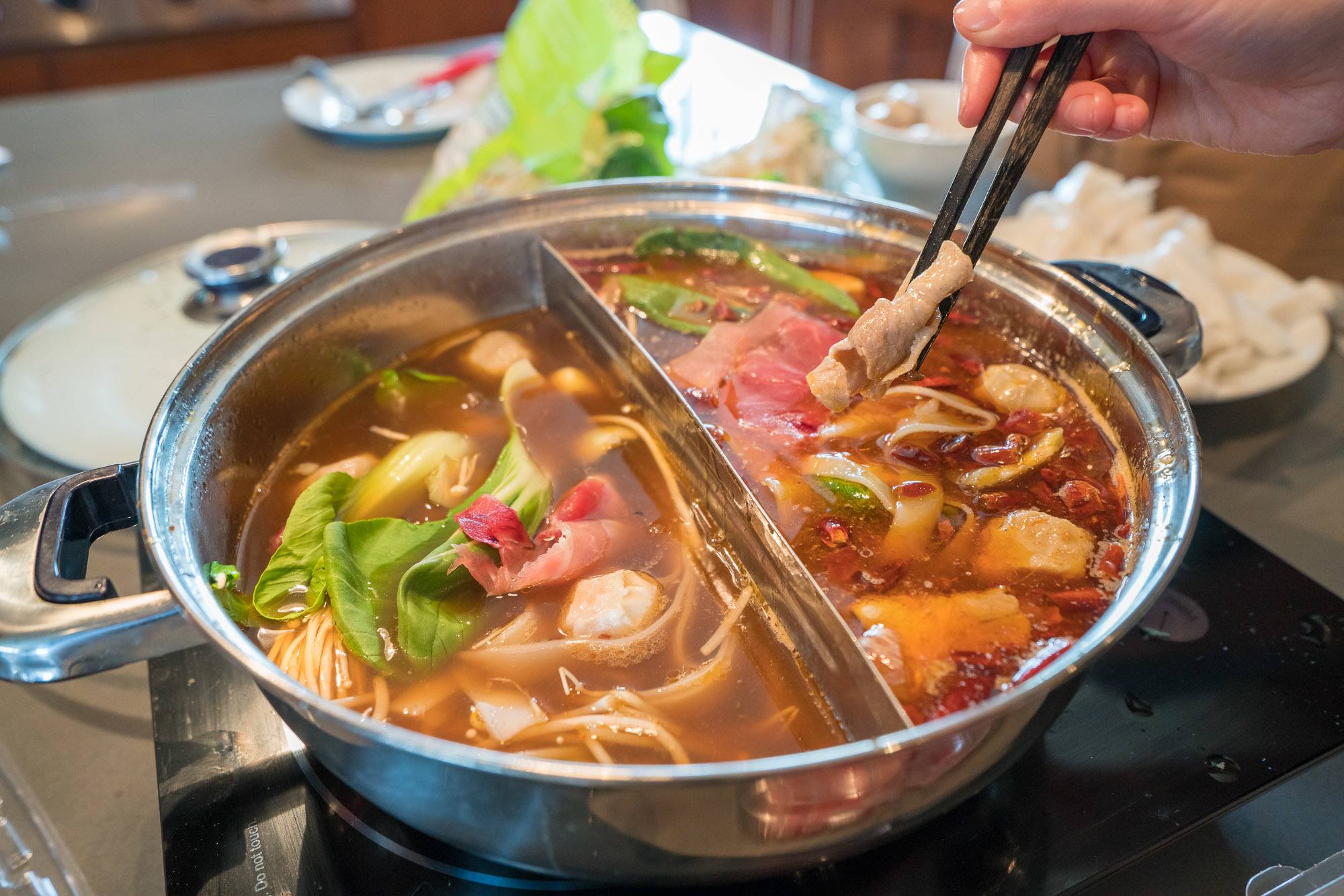

0 thoughts on “Where Did Hot Pot Originate From”